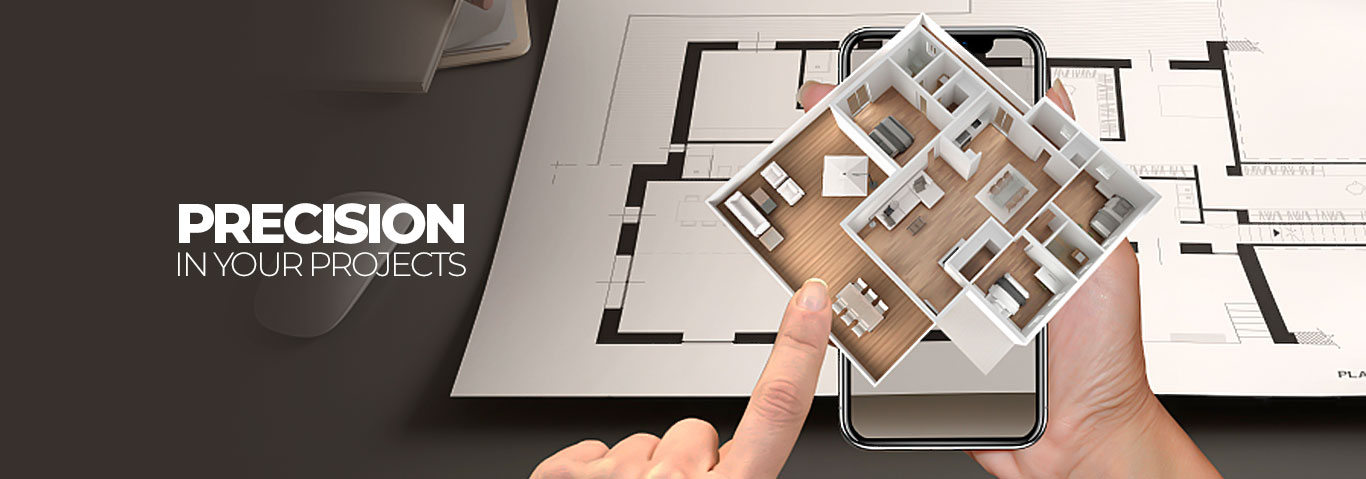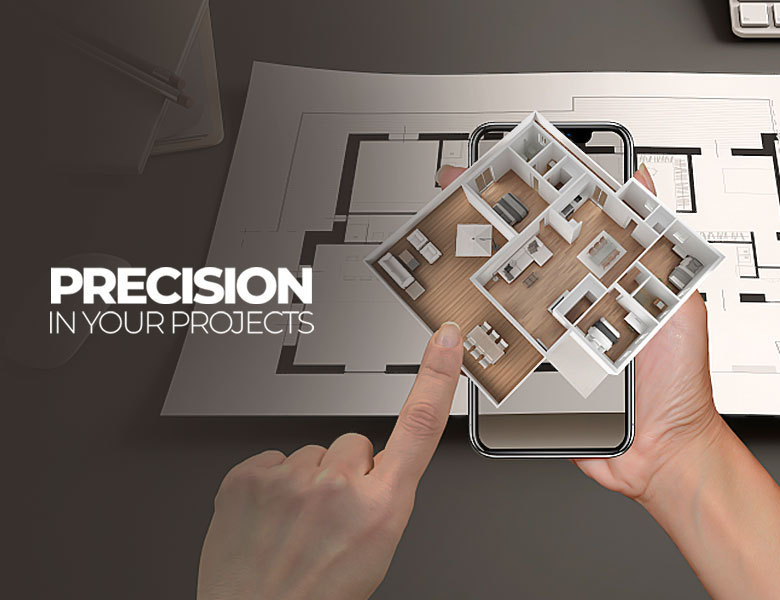
BIM: what is and how it is transforming construction
Building Information Modeling, or BIM for short, is a collaborative corporate work tool, used for the development and application of planning, design, construction and management of buildings and infrastructure. BIM involves the creation and use of three-dimensional digital models, which already contain detailed information about all aspects of a project, from geometry and location to the physical and functional properties of each of the components.
In other words, it is a model for information sharing and collaboration between teams involved in construction work. It is also worth highlighting that BIM is not just a software tool, but a methodology that involves changes at each stage of the processes. Building Information Modeling is so effective and has become so popular around the world that it has become standard practice in the construction industry.
Do you want to understand better about implementing BIM and what the benefits are? In this content we bring important details that you need to know! Check out!
Main characteristics of BIM and why it is so efficient
There are several methodologies that can be applied to civil construction projects. However, BIM stands out, as its results have been impressive and its process follows a simple standard to apply. The union of digital work, facilitated access to information and means of sharing data are factors that drive the effectiveness of BIM in transforming civil construction.
The implementation of BIM throughout the entire project life cycle, from conception to operation and maintenance, promotes more integrated and efficient management. Furthermore, automation in the generation of technical documents greatly reduces the risk of errors and also speeds up the documentation process.
Another interesting point is that the standardization of the construction industry, driven by BIM, creates a more consistent and collaborative environment, where professionals and companies adopt common practices. This not only greatly improves the quality of projects, but also facilitates the transition of information between different stages.
Data integration in one place
One of the main advantages of BIM is the creation of detailed three-dimensional models, which incorporate information about geometry, materials, construction systems, and other performance data. And why is this so important? Because it facilitates the integration of information from different disciplines, such as architecture, structural engineering and facilities in a single place.
This way, any project collaborator, regardless of area of activity or location, has access to basic information about the project and can have a clear view of the general status.
Easy collaboration between team members
BIM also promotes collaboration between the most diverse parties involved in the same construction project. In other words, professionals from different areas can access and work on the same model, which reduces communication errors and improves the overall efficiency of the process.
Everything that is released information by a specific area is accessible to other areas, regardless of the stage of the project. In addition to reducing communication errors, there is a saving of time and resources.
3D visualization
Perhaps the most popular feature of BIM, the three-dimensional representation of projects offers a clearer and more comprehensive visual understanding. This makes it easier to identify potential problems before they happen and makes decision-making much faster and more accurate. Which is particularly useful during the design and planning phase.
Analysis and simulations
For the success of a construction, it is essential that the professionals involved in the project carry out a detailed assessment of the building in different aspects before the actual construction. This helps to predict possible problems, give a good idea of the resources needed (both human, technological and material), in addition to providing important information about delivery forecasts and opportunities for improvement.
BIM allows these analyzes and simulations to be carried out, such as structural analyses, energy flow simulations, lighting analyses, among others. And all this with great precision.
Information management
BIM also serves as a centralized repository of project information, including specifications, schedules, budgets and construction data. This simplifies information management and eliminates the cost of project managers.
Advantages of investing in project and resource management software and tools in construction
Process automation through proprietary software for managing projects and resources related to construction significantly reduces the time spent on manual and repetitive tasks. This optimizes the team’s productivity, in addition to positively impacting the management of resources, such as labor, materials and equipment.
The use of technology to support project management makes the process more efficient and contributes to reducing costs and meeting established deadlines with ease.
Did you like our content? Then read also: What’s a modular building?







